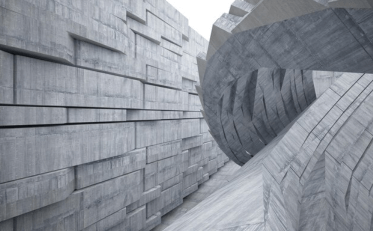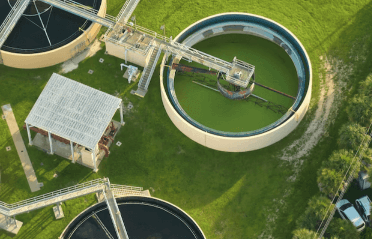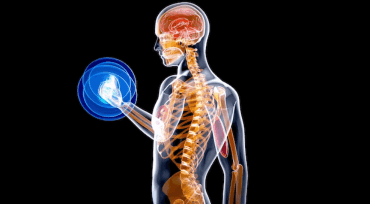Question
a.
summarize flow of output
b.
compute output in units
c.
summarize total costs
d.
compute cost for each equivalent unit
Posted under Cost Accounting
Interact with the Community - Share Your Thoughts
Uncertain About the Answer? Seek Clarification Here.
Understand the Explanation? Include it Here.
Q. The third step in process costing system is to
Similar Questions
Explore Relevant Multiple Choice Questions (MCQs)
Q. The hybrid costing system, which is applied to batches of similar products, but are not identical is classified as
View solution
Q. The costing system, which classify cost into cost categories in a way when an expense is incurred in the process is called
View solution
Q. Total cost related to work in process inventory is divided by total units of work done is used to calculate
View solution
Q. The costing system, which is a combination of process costing and job costing system, is classified as
View solution
Q. The partial or completed units of manufactured goods, that do not meet customer specifications and get sold at reduced price or simply discarded, are called
View solution
Q. In process and job costing system, the normal spoilage cost is considered as
View solution
Q. The types of spoilage include
View solution
Q. Which one of the following is an example of spoilage?
View solution
Q. The units of normal spoilage are divided to total completed units, rather than total actual produced units to calculate
View solution
Q. An amount of spoilage that is not natural in a specific production process is categorized as
View solution
Q. The sum of beginning work in process inventory units and started units, is subtracted from the sum of ending work in process inventory units and transferred out units of goods, to calculate
View solution
Q. The stage in production process, where the manufactured goods are checked; whether the units are acceptable or not is classified as
View solution
Q. The production units that do not meet customer specification, but can be sold to other customers as finished goods are classified as
View solution
Q. An example of rework is
View solution
Q. If the transferred out total cost is $1850000 and the number of good units (produced), then the cost per good unit transferred out and completed can be
View solution
Q. The aspects of accounting for scrap includes
View solution
Q. The normal spoilage is subtracted from total spoilage to calculate
View solution
Q. If the beginning work in process inventory units are 2600, units started are 9000, ending work in process units are 2300 and the completed good units are 8000 then total spoilage will be
View solution
Q. The residual material which results from manufacturing products is called
View solution
Q. The costing, which explains how and when scrap affects the operating income of company is classified as
View solution
Recommended Subjects
Are you eager to expand your knowledge beyond Cost Accounting? We've handpicked a range of related categories that you might find intriguing.
Click on the categories below to discover a wealth of MCQs and enrich your understanding of various subjects. Happy exploring!








